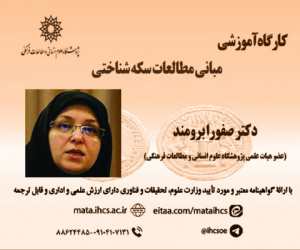نامه های منظوم عاشقانه و تغزل گفت وگویی: سنت های پارسی در سروده های تازی (مقاله علمی وزارت علوم)
درجه علمی: نشریه علمی (وزارت علوم)
آرشیو
چکیده
ادبیات پارسی وتازی در زمینه های گوناگونی دادوستد فرهنگی با هم داشته اند. یکی از این زمینه ها، موضوع سروده هاست: به روشنی می توان نمونه های فراوانی را از تأثیر سروده های تازی در اشعار پارسی و برعکس، ملاحظه کرد. دو نمونه ای که در این نوشتار با تفصیل بیشتر بررسی می شوند یکی نامه های منظوم عاشقانه میان عاشق ومعشوق و دوم تغزل در شکل گفت وگویی آن است که هر دو تحت تأثیر ادبیات و فرهنگ ایرانی و از طریق شاعران ایرانی تبارِ تازی سرا وارد ادبیات عربی شده اند. به طور خاص، به سروده های بشّار بن بُرد تُخارستانی و عباس بن اَحنَف در نامه های منظوم عاشقانه و وضّاح الیمن و ابونُواس در تغزل گفت وگویی پرداخته شده است. به عنوان پیشینه، به منظومه ویس و رامین و سنت «ده نامه»سرایی نیز اشارت رفته است.Romantic Poetic Letters and Conversational Lyricism: Persian Traditions in Arabic Poetry
There has been cultural interactions between Persian and Arabic literature in various forms. The subject of poems would be regarded as one of the many obvious examples of the influence of Arabic poetry on Persian and vice versa. Two examples that are described in more detail in this article are: 1) Romantic poetic letters between lover and beloved; and, 2) lyricism in its conversational type. They were both, under Iranian cultural and literary influence, introduced to Arabic literature by Arabic-speaking Persian poets. Bashshar ibn Burd Tokharestani and al-Abbas ibn al-Ahnaf in romantic poetic letters and Waddah al-Yaman and Abu Nuwas al-Ahwazi in conversational lyricism have been studied in this article. As the background of study, Vais and Ramin poem and the tradition of writing “Dahnameh” have been mentioned and noticed.







